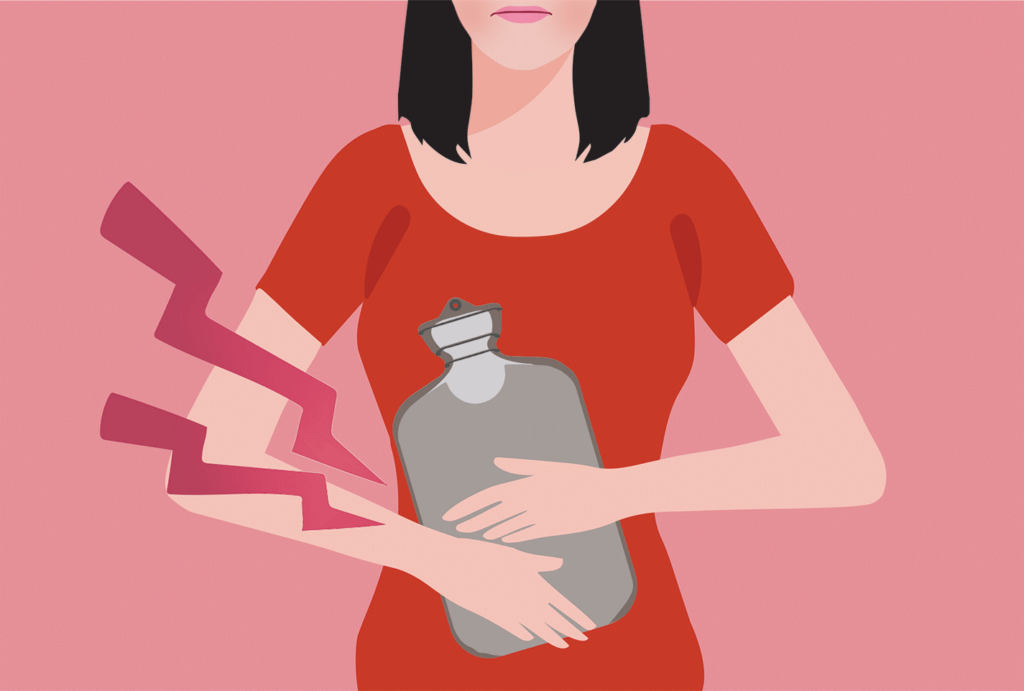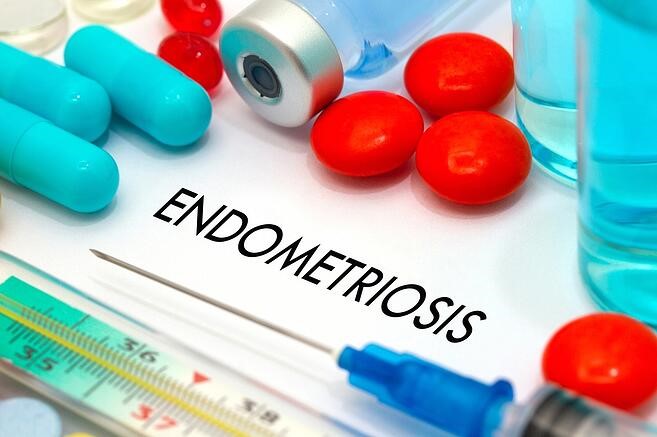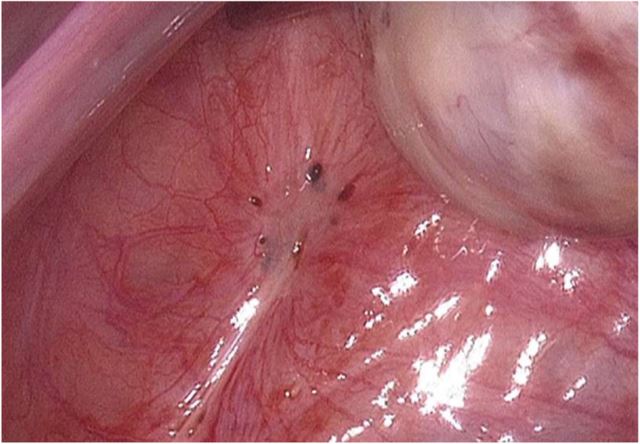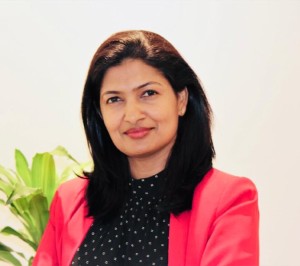BLOG
Home / Blog
Endometriosis in Teens and Young adults

DR ALPHY S PUTHIYIDOM 17 June 2023

Dysmenorrhea, or menstrual pain, is the most common menstrual symptom among adolescent girls and young women. Most adolescents experiencing dysmenorrhea have primary dysmenorrhea, defined as painful menstruation in the absence of pelvic pathology
Primary dysmenorrhea characteristically begins when adolescents attain ovulatory cycles, usually within 6–12 months of menarche (onset of periods). Secondary dysmenorrhea refers to painful menses due to pelvic pathology or a recognized medical condition. Endometriosis is the leading cause of secondary dysmenorrhea in adolescents.
Most adolescents who present with dysmenorrhea have primary dysmenorrhea and will respond well to empiric treatment with nonsteroidal anti-inflammatory drugs (Painkillers) or hormonal suppression, or both. Endometriosis should be considered in patients with persistent, clinically significant dysmenorrhea despite treatment with hormonal agents and nonsteroidal anti-inflammatory drugs, particularly if no other pelvic pathology has been identified based on symptoms, physical examination, and pelvic ultrasonography.
Adolescent endometriosis is more common than previously thought and is a significant cause of cyclic and acyclic chronic pelvic pain. Although the true prevalence of endometriosis in adolescents is unknown, at least two-thirds of adolescent girls with chronic pelvic pain or dysmenorrhea unresponsive to hormonal therapies and NSAIDs will be diagnosed with endometriosis at the time of diagnostic laparoscopy.


Endometriosis in adolescents is considered a chronic disease with the potential for progression if left untreated. The goals of therapy include symptom relief, suppression of disease progression, and protection of future fertility. Therapy must be individualized; Nonsteroidal anti-inflammatory drugs and hormonal pills are the mainstays of treatment for pain relief in adolescents with endometriosis. If initial medical treatment fails then the Recommended treatment for endometriosis is conservative surgical therapy for diagnosis and treatment combined with ongoing suppressive medical therapies to prevent endometrial proliferation. In laparoscopy, the appearance of endometriosis may be different in an adolescent than in an adult woman. In adolescents, endometriotic lesions are typically clear or red and can be difficult to identify for gynecologists unfamiliar with endometriosis in adolescents.
Endometriosis is a condition that once diagnosed, will require lifelong management to improve health, future fertility and quality of life. Early identification and appropriate treatments by a multidisciplinary team are important in achieving these goals.


Dr. Alphy S Puthiyidom
MBBS, MD(Obs&Gn),FMIS(Laparoscopy)
Head of the Department Obstetrics & Gynecology
Advanced Gynecological Laparoscopic Surgeon
& Pelvic Reconstructive Surgeon
MEDICLINIC WELCARE HOSPITAL
Al Garhoud, Dubai
MEDICLINIC PARKVIEW HOSPITAL
Umm Sequim, Al Barsha South 3, Dubai
Appointments 800-1999
